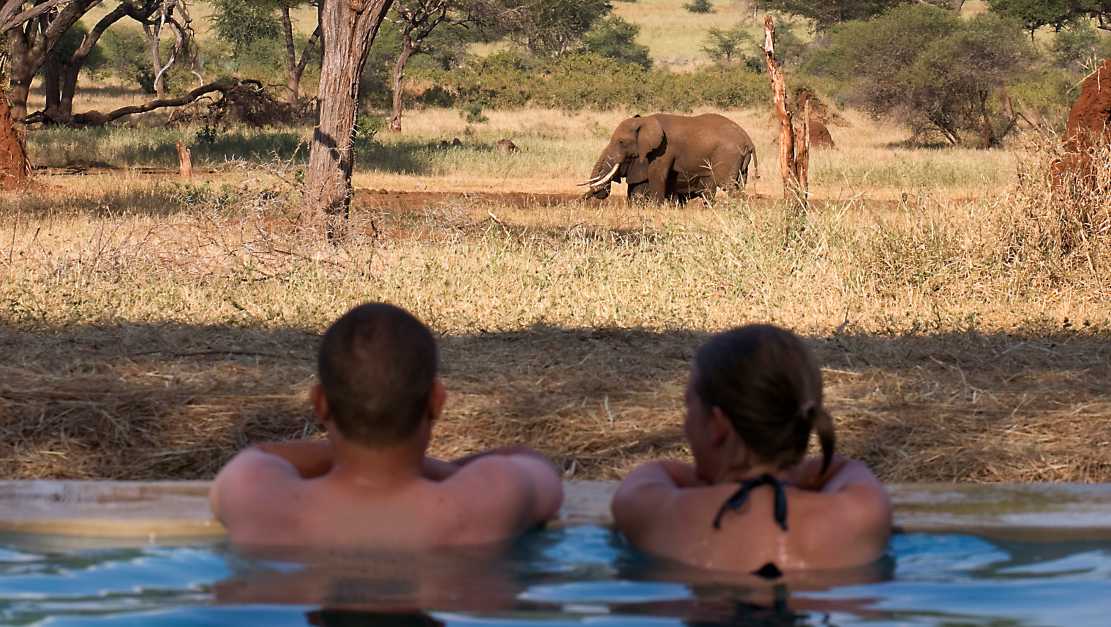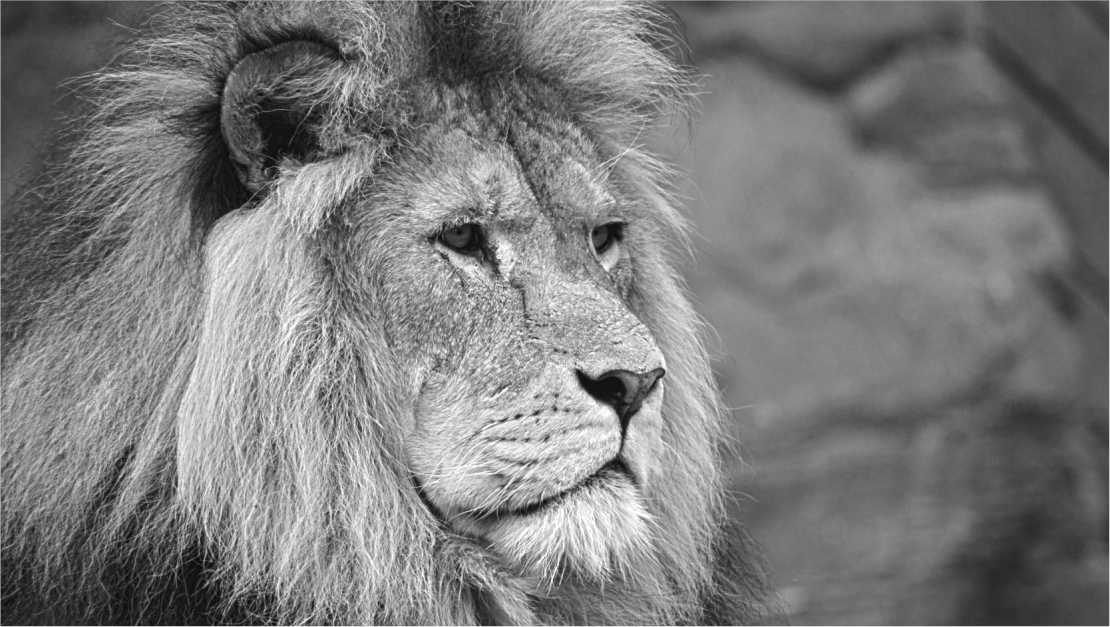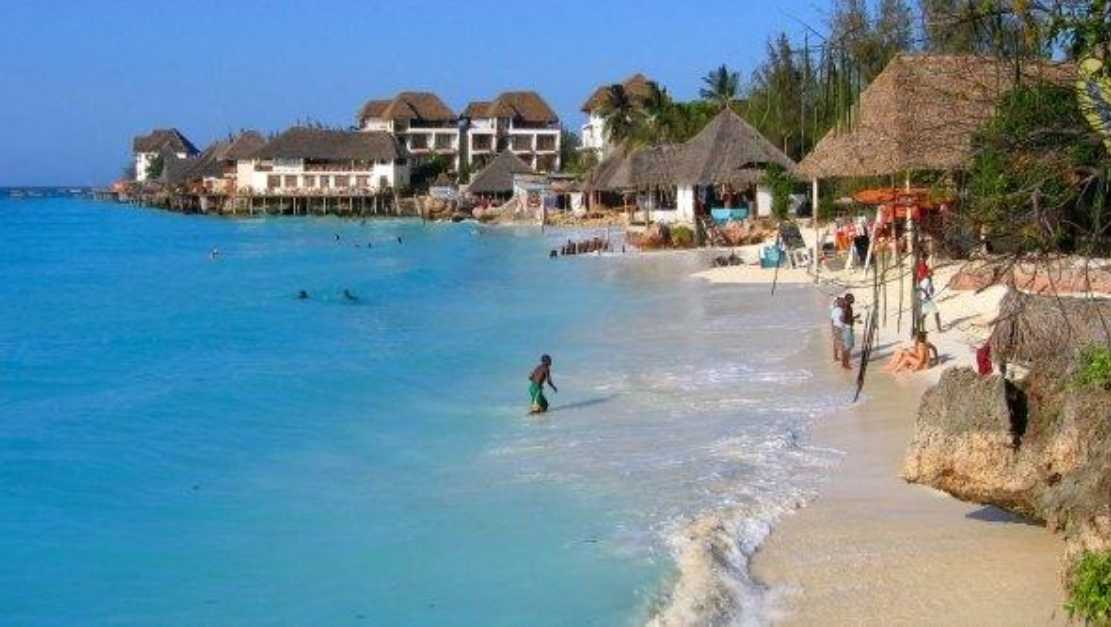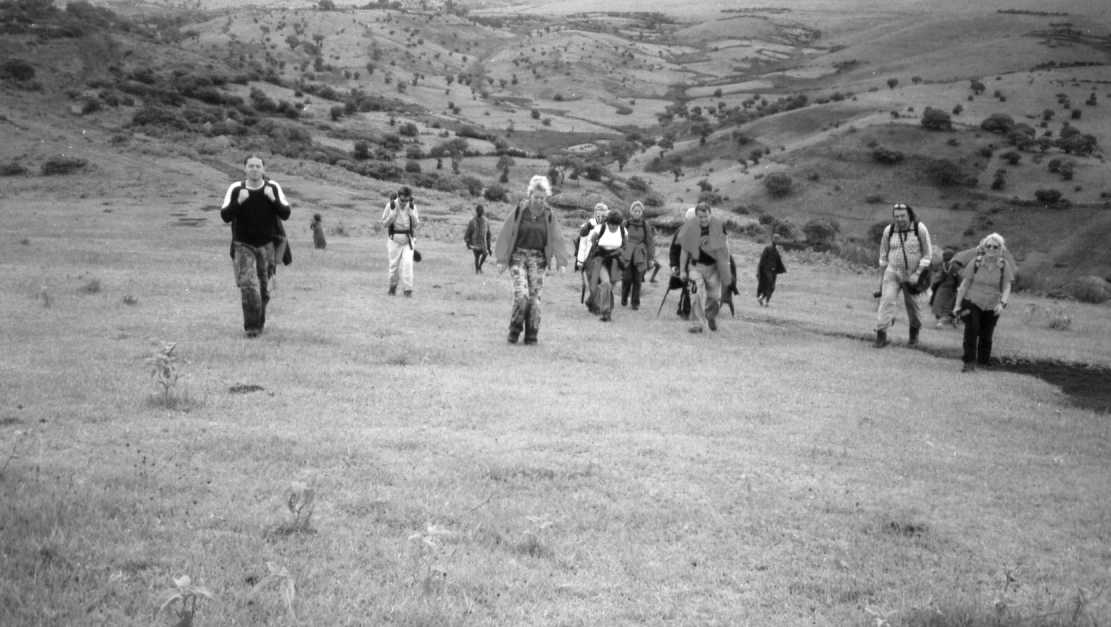
Ngorongoro Crater
Situated amidst the Serengeti and Lake Manyara National Parks, the Ngorongoro Conservation Area encompasses various protected ecosystems, prominently featuring the renowned Ngorongoro Crater. This crater, a top attraction in Tanzania, originated from a colossal volcanic explosion and collapse around two to three million years ago. Today, it is a habitat to over 25,000 diverse wildlife species, such as hippos, wildebeests, lions, zebras, and gazelles. In addition, the area is inhabited by the Maasai tribe, who have harmoniously coexisted with the local fauna. The Ngorongoro Crater is widely acclaimed as one of the world’s premier destinations for live wildlife observation.
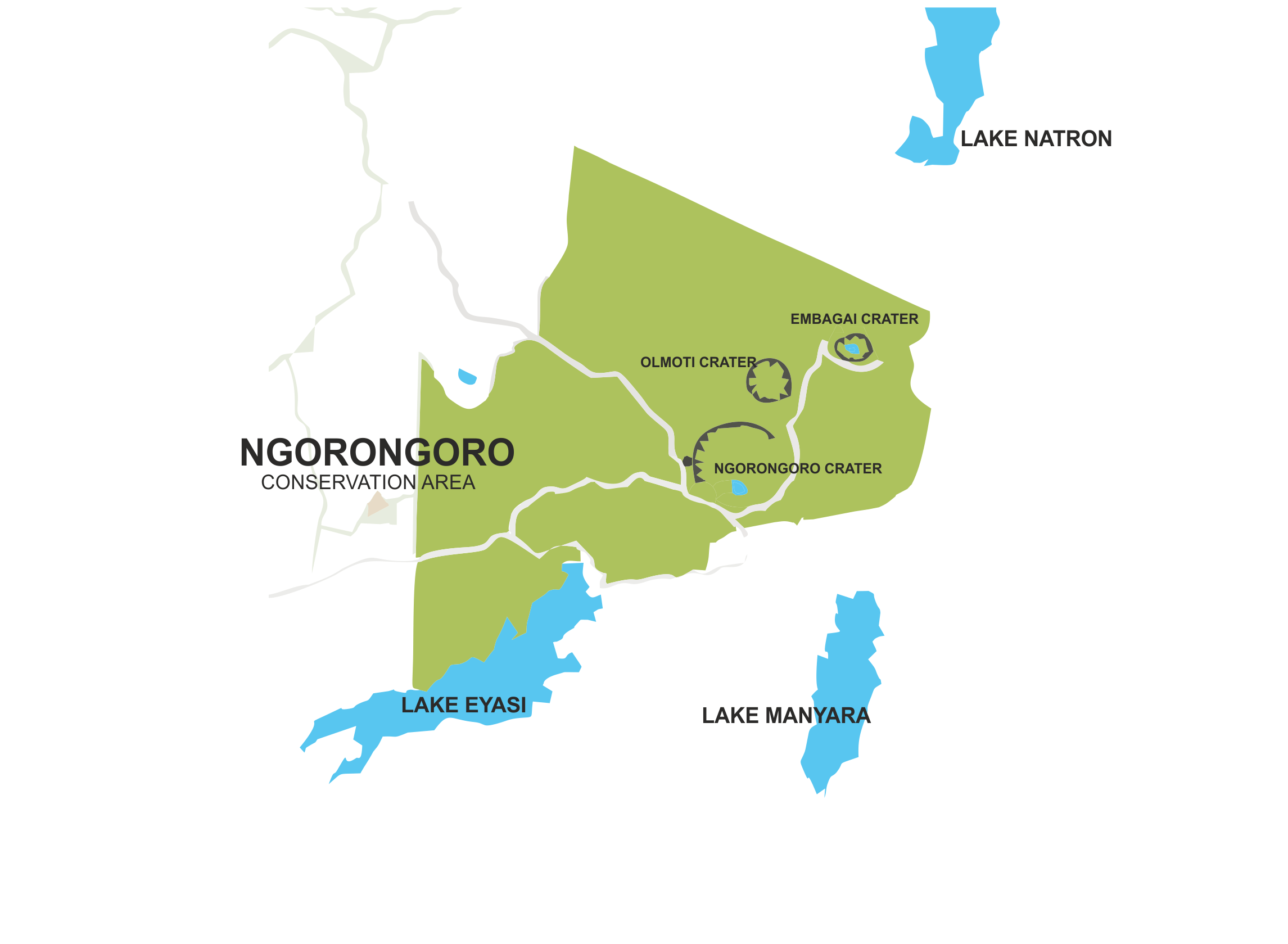
DETAILS:
The Ngorongoro Conservation Area stands as a remarkable fusion of landscapes, wildlife, people, and an archaeological site in Tanzania. Often referred to as an “African Eden” and hailed as the ‘eighth natural wonder of the world,’ it serves as a pioneering experiment in multiple land use. In this context, multiple land use signifies the coexistence of humans and wildlife within a natural environment. Traditional African pastoralists collaborate with Tanzanian government bodies to safeguard the region’s natural resources and offer an exceptional experience for tourists.
The initial view of the Ngorongoro Crater is truly breathtaking. This enormous caldera, spanning 250 square kilometers and plunging 600 meters deep, hosts over 20,000 large animals, including some of Tanzania’s last remaining black rhinos. These rhinos emerge from the forests during the misty early morning, creating a striking image against the ancient crater walls. No fences or boundaries restrict animals on the crater walls; they are free to come and go. Many choose to remain for the abundant water and grazing on the crater floor throughout the year.
The crater floor is predominantly covered in open grassland, adorned with yellowish wildflowers in June. The Makat soda lake attracts flamingos and other water birds, while predators lurk in the marsh to ambush animals visiting the river that feeds the lake. Swamps on the crater floor provide water and habitat for elephants, hippos, and smaller creatures like frogs, snakes, and serval cats. Game viewing around Lake Makat is especially rewarding, as zebras and gazelles come to drink while herds of hippos bask in the thick lakeshore mud.
The Lerai Forest on the crater floor, named after the Maasai word for the elegantly yellow-backed acacia tree, serves as a grazing area for elephants during mid-day. These gentle giants emerge into the open plains during the early morning and evening hours when the mid-day heat subsides. Small forest patches on the crater floor host leopard, monkeys, baboons, and antelopes like waterbuck and bushbuck.
The Ngorongoro Area has a rich history with humans and their distant ancestors present for millions of years. At Laetoli, 3.6-million-year-old hominid footprints are preserved in volcanic rock, providing early evidence of human existence. Olduvai Gorge, a deep river canyon, contains layers with the remains of animals and hominids that lived around a shallow lake amid grassy plains and woodlands two million years ago.
The most recent and numerous inhabitants of the Ngorongoro Area are the Maasai, who settled around 200 years ago. They are known for preserving their traditional customs and costumes, attracting the interest of many visitors. Approximately 42,000 Maasai pastoralists live in the area with their cattle, goats, and sheep, making the Ngorongoro Conservation Area distinct from Tanzania’s national parks, which do not permit human habitation. Cultural ‘Bomas,’ or Maasai villages, provide visitors with the opportunity to interact with the Maasai people on their terms and gain insights into their complex and intriguing culture.
WHAT TO EXPECT ON A TYPICAL SAFARI DAY:
At Memorable Safari, we offer flexible game drives from 6 am to 6 pm. Your itinerary aligns with designated game drive areas, adhering to park regulations. You can choose to start early or enjoy a leisurely breakfast on different days. In some parks, early mornings and late afternoons are ideal for wildlife viewing. We recommend early game drives in Serengeti & Ngorongoro with packed meals. Each evening, plan the next day with your guide based on wildlife and weather. Patience in observing animal behavior is encouraged. We tailor your safari to your interests, ensuring an exceptional experience that surpasses your expectations. For more information on what to expect and what to pack check out our Travel Guide.



